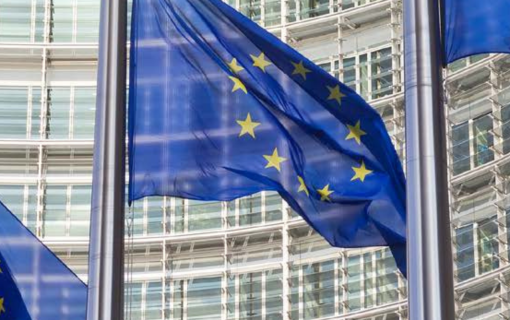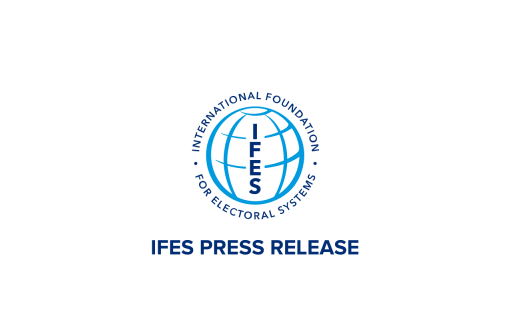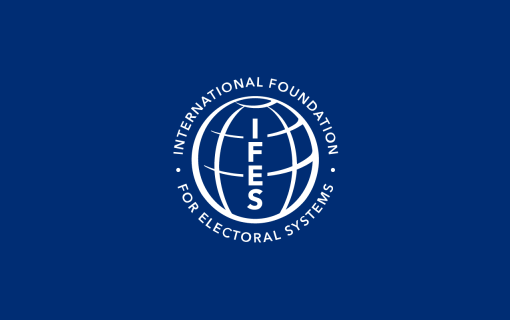1997 Federal Elections in Mexico: A General Overview, September 15, 1997
The July 6 th election had the objective of renewing the 500 members of the Chamber of Deputies, 32 Senators (one fourth of the Senate) by national lists and by the formula of proportional representation; to renew the Legislative Assembly of the Federal District, and to elect for the first time the Head of Government of the capital city.
Elections were preceded by an extensive reform process, modifying Mexican electoral institutions and legislation. These reforms resulted in one of the longest and most intense political negotiations in recent history. Since January of 1995 the four political parties represented in the Congress of the Union initiated a debate lasting almost two years, and culminating in a new juridical electoral framework. This was a long and difficult process which did not attain the expected consensus, but did produce a number of fundamental changes leading towards the democratic advancement of Mexico; changes which were undoubtedly the basis to guarantee legal, fair and transparent elections.
The wide scope of this reform impedes a detailed description in a speech such as this one; however, the following points might illustrate how deep the reform was:
1. The total autonomy of electoral bodies was achieved; that is to say, from now on the electoral authority will be completely independent from the government and the political parties. The eight Electoral Councilors and the President Councilor, the only members with the right to vote in the Federal Electoral Institute's General Council, were elected by consensus of political parties in the Chamber of Deputies.
Here the intention is twofold: to render the electoral organization independent from the government by transferring this activity to people trusted by the political parties.
The Electoral Tribunal, which is the institution responsible for solving legal controversies, became totally independent as well. The appointment of justices is no longer a prerogative of the President of the Republic, since they are elected in the Senate after their candidacies are nominated by the Supreme Court of Justice.
It is from here that the new control over legality and constitutionality emerges. On the other hand, the Tribunal is no longer limited to solving solely federal controversies, but can also address local conflicts; the constitutionality control was thus extended to all actions carried out by local authorities, without any exception. And finally the law added new defense procedures, new legal avenues to address political-electoral demands presented both by citizens and parties.
2. The electoral reform modified the legal status of political parties: the access to representation in Congress became more stringent (only parties obtaining a national vote higher than 2% were able to enter the Chamber of Deputies) and a new figure was created in order to offer a different category to organizations, that of Political Groups.
3. Conditions for competition were also improved. This may be the most visible and decisive effect of the reform. Public financing for political parties was markedly increased, as well as the access to electronic mass media and its allocation on a fairer basis. The electoral authority currently holds better instruments to control, revise and regulate campaign spending of parties.
4. Representation formulas in Congress were adjusted in such a manner that the vote·seat ratio became more balanced. Margins of over and underepresentation of political parties in the Chamber of Deputies were decreased. A higher plurality was introduced to the Senate by means of the election of 32 senators from a national list of proportional representation.
5. Finally, the electoral contest was initiated in Mexico City by means of the direct election of its Head of Government.
Read the Full Report.









